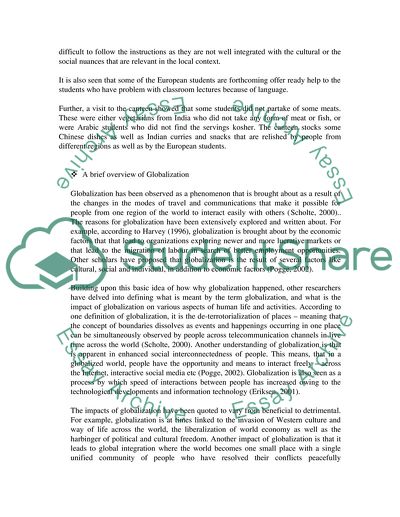Cite this document
(Globalization And Great Diversity In Organizations Case Study, n.d.)
Globalization And Great Diversity In Organizations Case Study. Retrieved from https://studentshare.org/sociology/1731457-management-in-context
Globalization And Great Diversity In Organizations Case Study. Retrieved from https://studentshare.org/sociology/1731457-management-in-context
(Globalization And Great Diversity In Organizations Case Study)
Globalization And Great Diversity In Organizations Case Study. https://studentshare.org/sociology/1731457-management-in-context.
Globalization And Great Diversity In Organizations Case Study. https://studentshare.org/sociology/1731457-management-in-context.
“Globalization And Great Diversity In Organizations Case Study”, n.d. https://studentshare.org/sociology/1731457-management-in-context.


